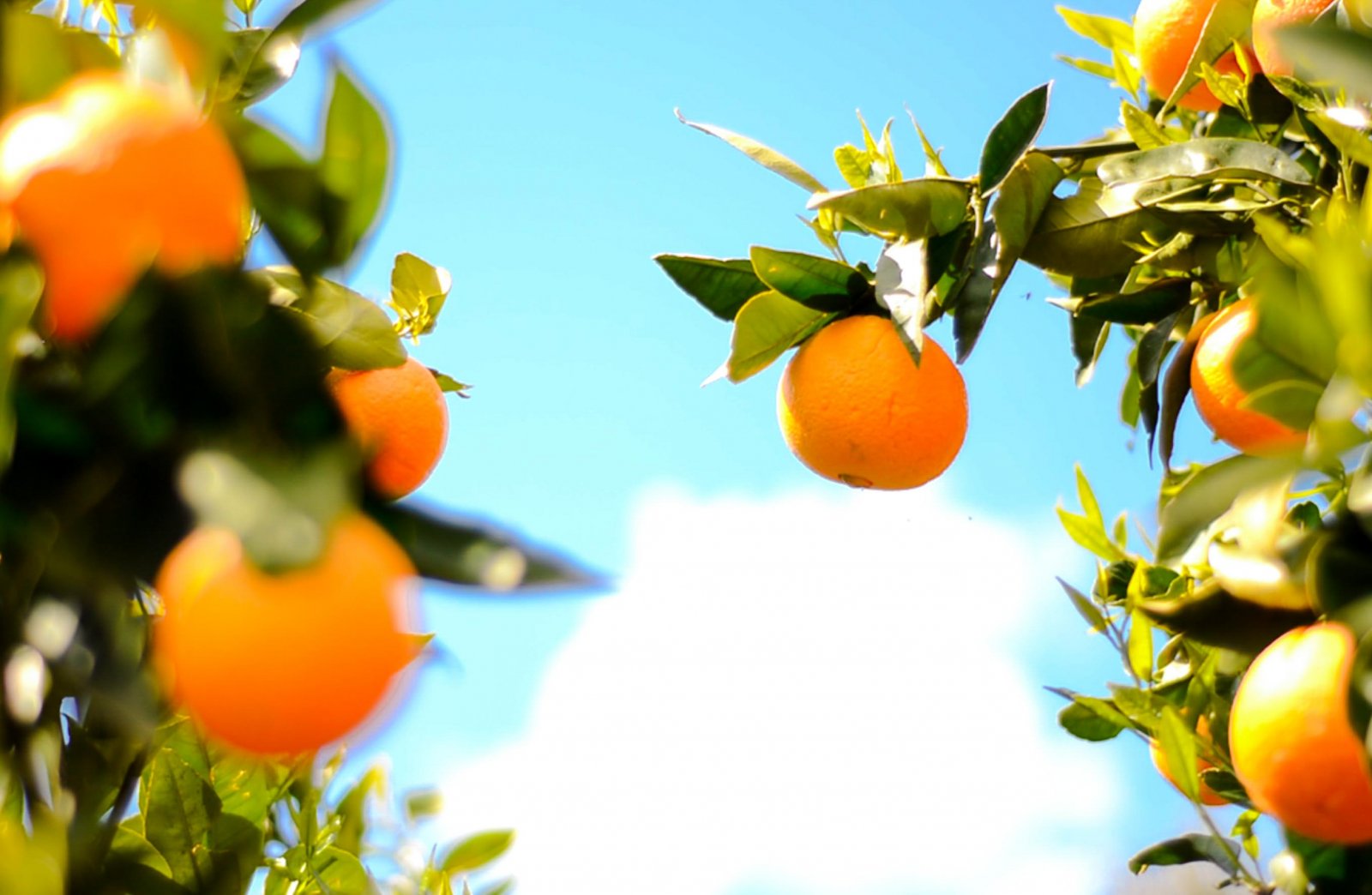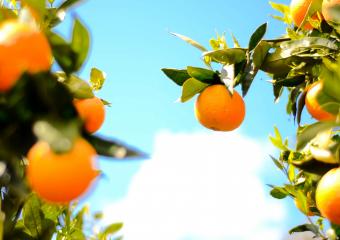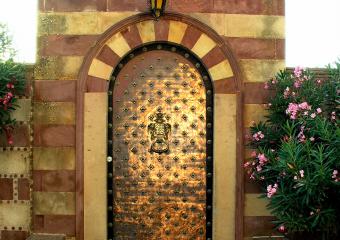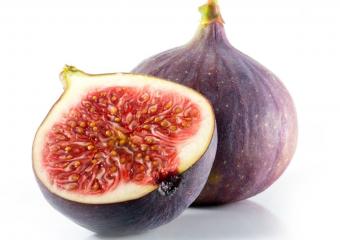Kambos Tuscany of Chios

Kampos the tuscany of Chios, just 4 km south of the city, is one of the most impressive areas of the island the Tuscany of Chios. The natural landscape with its architectural features, as well as the fragrant citrus orchards with the old mansions form a separate residential complex. Kampos of Chios has many underground waters, as well as the most fertile soil of the island.
The main feature of Kambo's orchards is the high walls of thimianian stone that protect every property from the difficult weather conditions.
The aristocratic families of Chios, the Genovese and the locals, have built their homes since the 14th century. The prohibitive walls that the visitor encounters along the street hide whole microcosms, including ornately decorated courtyards, large mansion houses, tree-lined alleys and gardens with plenty of flowers.
History of Kampos
The archaeological finds in the area are scarce and the ancient name of the area is not known. The place name Kampos (from the Latin word campus) is found in the texts of travelers from 1673 onwards. Thus, the oldest influences on architecture date back to the Byzantine era, although no pure sample of Byzantine architecture has survived in Kampos. Kampos before the Genoese arrived, had a remarkable production of cereals, vegetables, pomegranates, berries and wine.
Vines, to a considerable extent, were a source of income, like olives. There is still mention of Kambouson's performance on the silkworm, since the mulberries were abundant and there was food for the worms.
The production of silk, thus, yielded a serious income and for many centuries it was a source of wealth for Chios.The new conditions have led to the survival of a long-term economic and cultural development of the island. In the 18th century Kampos is booming more and more.
Chios manages to stand out for its nobility and bliss. An important role in this event was the continuous and varied communication of Chios with Europe and culture.
The 1200 towers and villas owned by Kampos, only 400 were re-inhabited. In the winter of 1850, the island is called upon to cope again with the unpleasant weather phenomena that brought unprecedented radical damage. A frost, known as 'hot', destroyed all the citrus trees.


